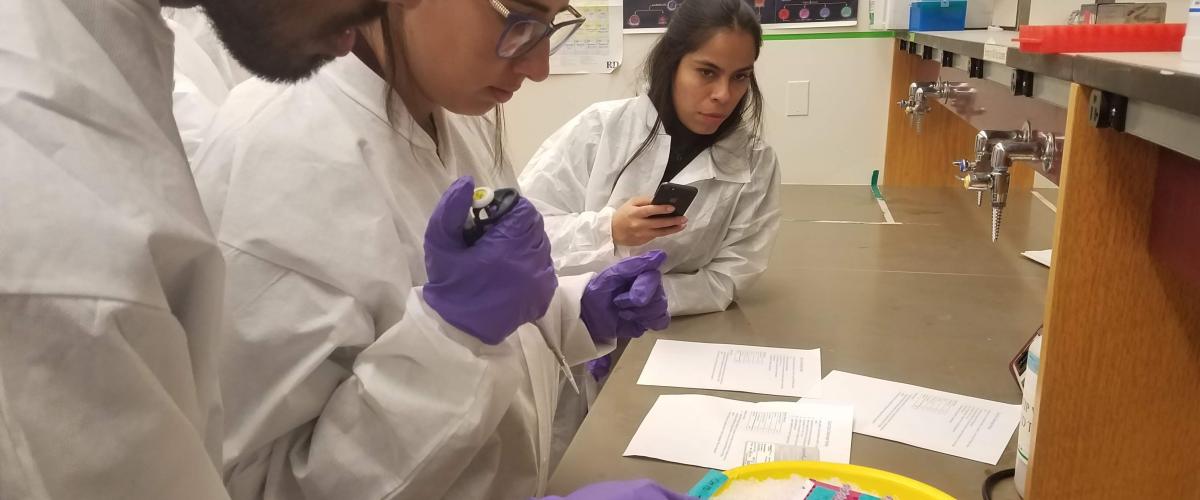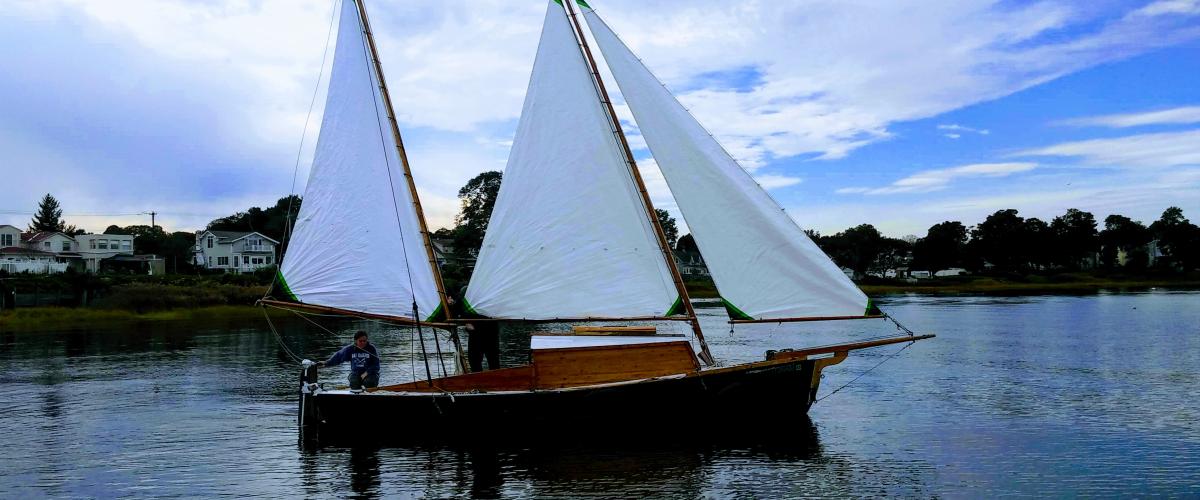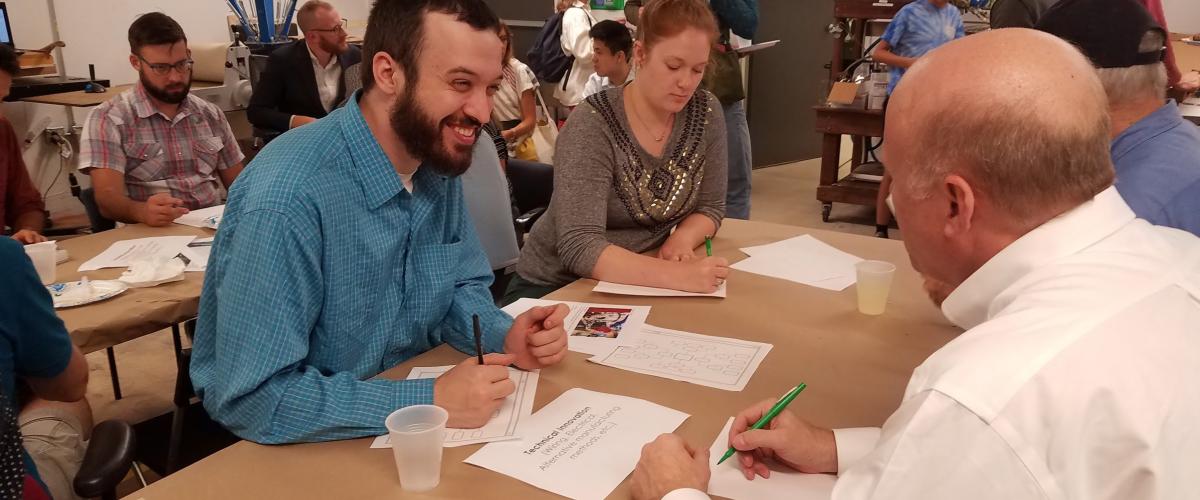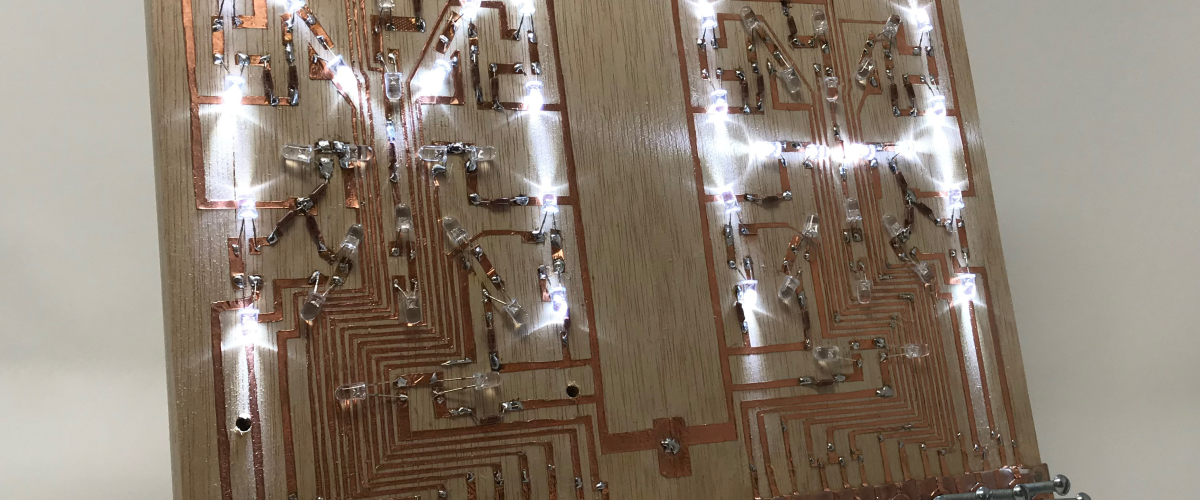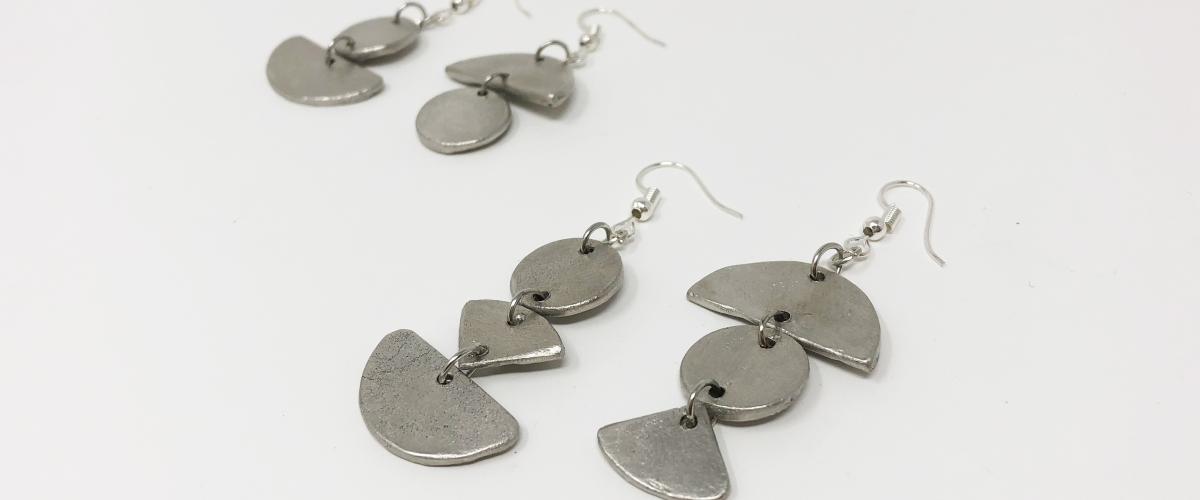Observations of a Makerspace Organizer at the Global Community Bio Summit.
Biology and biotech are exciting frontiers. As a makerspace I see it as our obligation to make exciting areas of technology more approachable by providing tools and experiences. For this reason our makerspace has been interested in becoming involved in the Community DIY Bio Movement. We have hosted an informational session on bio hacking, started a bio slack channel and have some existing bio related activities happening through brewing on HERMS, the Growing Beyond Earth Contest and our burgeoning effort to grow kambucha leather. I have been interested in what a bio lab would look like at

